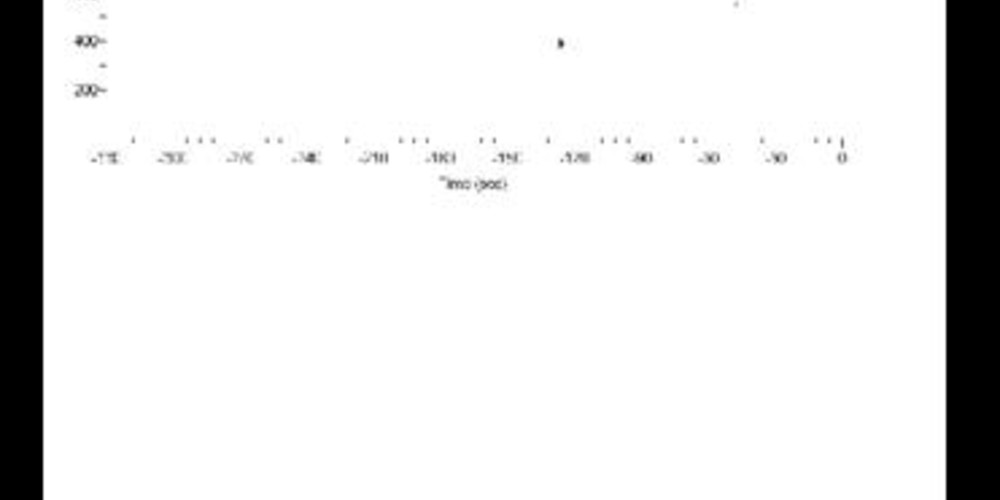Diagnosis of AF by Reveal XT
A 44-year-old man presenting with hypertrophic cardiomyopathy and a history of first transient stroke 2 years earlier, was hospitalized after a 2nd ischemic attack associated with a transient motor deficit of the left side of the body. Computed tomography scan, magnetic resonance imaging study, transesophageal echocardiogram, ECG, 48-h ambulatory ECG and carotid Doppler were normal. Because of the young age of this patient, who suffered an unexplained transient ischemic attack, a Reveal XT was implanted and followed remotely.

The patient remained symptom-free, including palpitation. An asymptomatic AF episode, lasting 22 min, was detected automatically by the ILR and transmitted by CareLink.
- the graph shows a prominent variability of the R-R interval, without bradycardia or rapid, non-physiological VS; the ECG confirms the marked variability of the R-R interval, with diastolic intervals >1500 ms and shorter RR intervals near 700 ms; it is noteworthy that the ventricular electrograms are sometimes sensed twice (VS-VR); the second signal, which falls in the refractory period, is not included in the heart rate calculation;
- FD: AF detected (2).







This tracing illustrates the merits of long-term ECG monitoring to diagnose asymptomatic bouts of AF. The diagnosis of AF is based on an algorithm that tracks the stability of the ventricular electrograms. By measuring the AF burden, the device helps deciding whether a treatment is needed, as well as verifying its efficacy. In 25% of instances, ischemic strokes remain unexplained and are considered cryptogenic after detailed investigations, including telemetry monitoring and recording of a 48-h ambulatory ECG. The likelihood of recording a symptomatic or asymptomatic atrial arrhythmia in a context of cryptogenic stroke increases in parallel with an increase in the duration of ECG monitoring. This patient developed prolonged episodes of atrial arrhythmia without marked increase in heart rate, explaining the paucity of symptoms. The absence of correlation between symptoms and arrhythmic episodes may justify an ILR, which automatically records asymptomatic episodes. In this patient, the longest episode diagnosed by the device lasted >24 h, justifying the introduction of an antithrombotic regimen as well a conversation regarding the need to introduce antiarrhythmic medication. An expeditious diagnosis was enabled by the CareLink remote transmission, which limited the delay in onset of therapy.